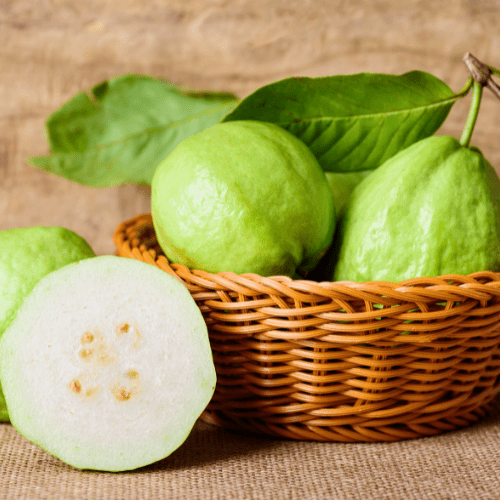Position
Full sun but preferably afternoon shelter from the harsh late afternoon sun.
Soil
Slightly acidic, loamy soil that is rich in organic matter. Amend the soil with compost, well-rotted manure, or leaf mold to improve drainage and nutrient content. A slightly acidic soil with a pH between 5.5 and 7.0 is best.
Watering
Keep the soil consistently moist but not soggy, especially during the first few years.
Mulching
Add a thick layer of pine bark mulch, keeping it about 20 to 30 centimetres away from the tree trunk itself (any closer and it may cause excess moisture to damage the trunk). This will retain the moisture in the soil and will prevent weeds from taking over.
Fertilising
Apply 1 teaspoon every 4-5 months of our slow-release all-plant fertiliser. The roots will absorb what they need.
Pruning
Prune in winter (dormant season) to remove dead wood, crossing branches and to shape the tree. Typically grows to 15 meters tall,
Train as an open center (vase shape) for good light penetration and air circulation. Practice good garden hygiene (remove fallen fruit and leaves).
Pests & Diseases
Nutmeg plants are prone to a range of diseases, including fruit rot, diplodia tip blight, shot hole disease, and other fungal infections. Possible pests include scale insects, which can cause wilting of the leaves. Preferably use preventative measures by spraying with agricultural Neem Oil or Effective Microorganisms (EM Control)
Harvesting
The fruits ripen from June and August. The fruits naturally split open on the tree when ready to be harvested. The outer covering (pericarp) splits and the seeds (nutmeg) and their surrounding aril (mace) are harvested.






